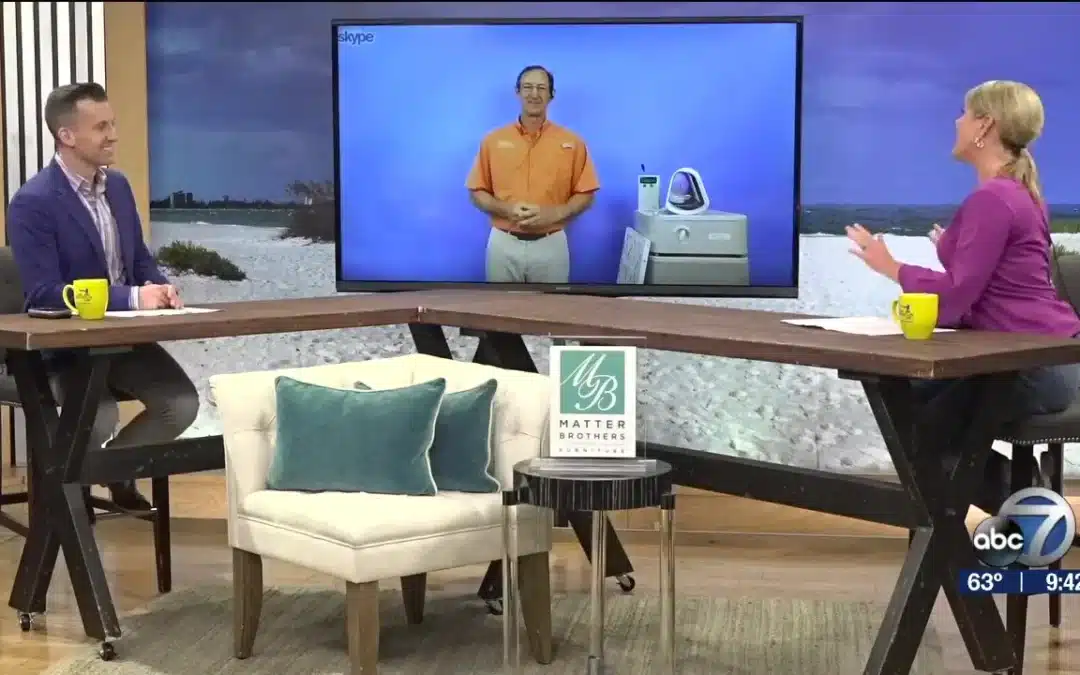Our President and Owner, Billy Swanson, recently spoke about Indoor Air Quality on The Suncoast View. During his interview, he talked about the 4 Sources of Poor Indoor Air Quality (particles, gaseous odors, microbials/living organisms, and viruses/bacteria) and how anyone can combat them in their home.
To combat particles, you need filtration. There are 2 types of filters. The coarse filter in your A/C system works to keep your coil clean. It should not be used to filter the air because then it is too restrictive on your A/C system (it is like it gives your system asthma and makes it hard for it to breathe). This leads to more breakdowns. Instead, use a HEPA filter which filters at the sub-micron level and will not restrict your A/C system. Examples of HEPA filters are Austin Air cleaners and in-duct whole-home HEPA filters.
To combat gaseous odors, you need to bring in filtered, fresh outside air. Doing this works to reduce the concentration of the VOCs (note: homes are built to be very insulated these days which makes the concentration worse). Products that do a good job combatting gaseous odors typically use carbon (like an Austin Air) and/or an ionizer (like the REME HALO).
To combat microbials/living organisms, you need UVC light. A huge source for microbial growth is in the wet, cold, damp air handler. Mold produces mycotoxins and mold spores. When mold dries, as it dies, it shoots out mold spores to reproduce. All mold needs to grow is moisture and a food source. When you minimize mold in the air handler, you minimize the mold spores that spew out into your air space when mold dries in the fall.
To combat viruses/bacteria, you need a hydrogen peroxide ionizer (REME HALO LED). An ionizer creates negatively charged ions using electricity. When these are discharged into the air, they bind to positively charged particles (allergens, dust, bacteria, VOCs, etc.). When these particles are grouped together, they become large enough to be filtered out of the air or wiped off of surfaces. Other benefits of the REME HALO LED include: verified zero ozone by ETL, purifies every cubic inch of air conditioned space (both airborne and surface contaminants), ionized hydrogen peroxide molecules break down and destroy contaminants it comes into contact with = 99.99% surface reduction of viruses and bacteria, 85% odor reduction, 99% of microbes in human sneeze killed at 3 ft., 97% airborne mold and bacteria reduction, and more. The REME HALO LED is US Military approved for mold protection in field hospitals, Hospital approvals infectious diseases (US and international 99% reduction of MRSA), Major US city school reports 20% reduction in absenteeism, and more.
The most important thing to keep in mind is: There is no silver bullet to increase IAQ. In order to get the cleanest and healthiest air possible, the best thing you can do is use a system of products that work together to keep your air clean.
If you have any questions, we are here for you!
Give us a call or text us: (941) 485-2222

